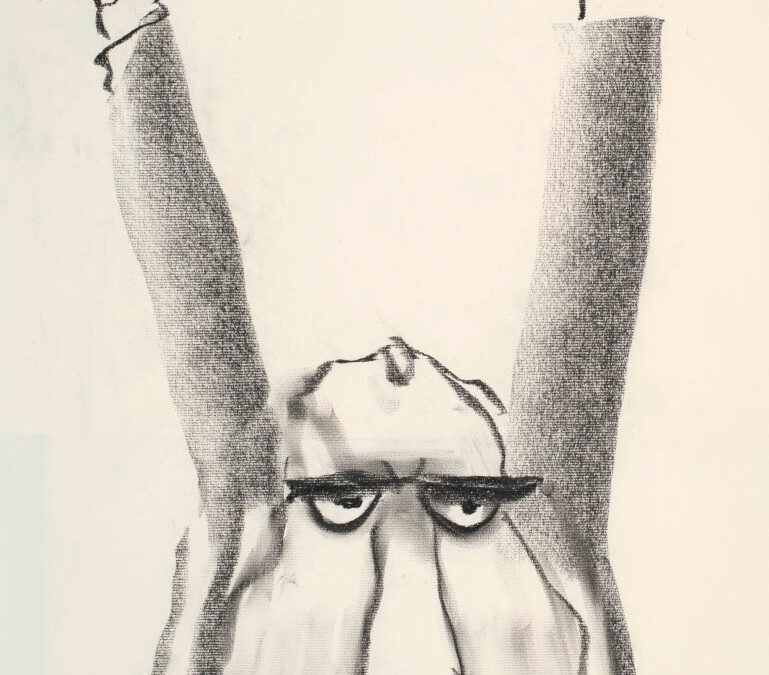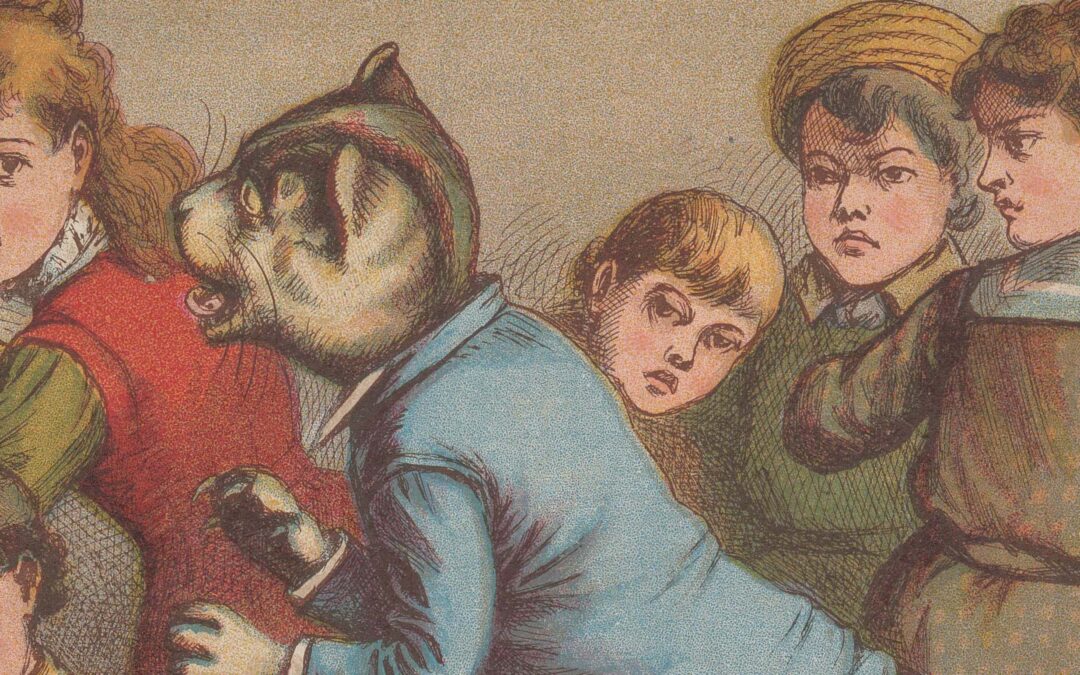

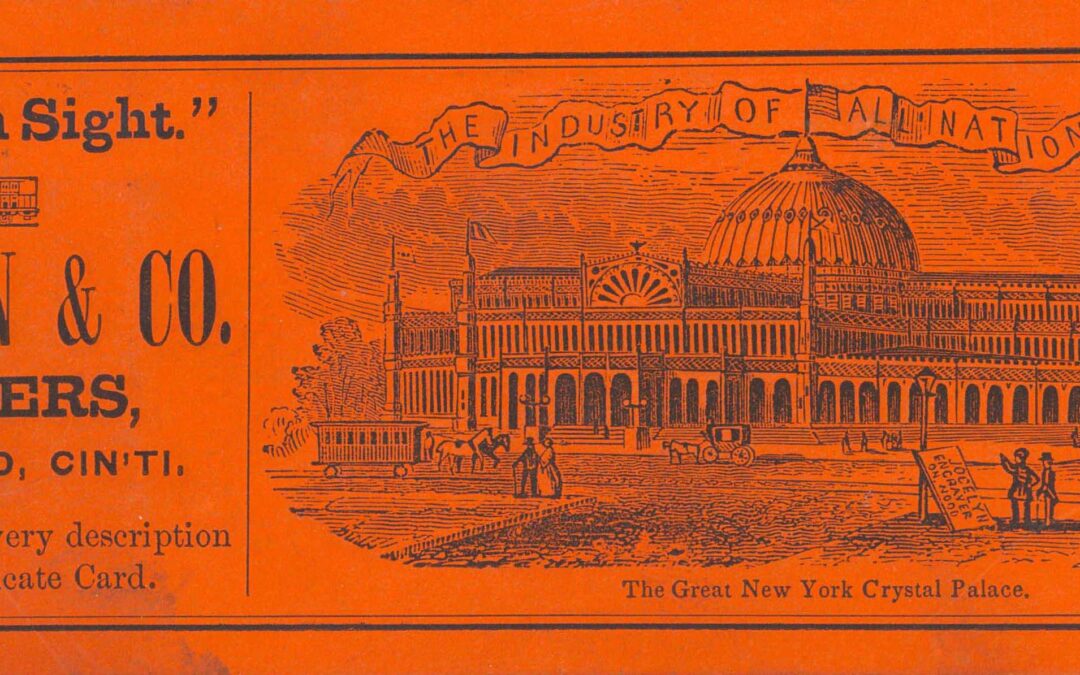
Boring but Bright
Contents Introduction Dress to Impress The World in Color Boring but Bright Beautiful Books! Additional Resources Boring but Bright Even things that are, quite frankly, boring at face value can have an unexpected, if still utilitarian, colorful side. A clutch of...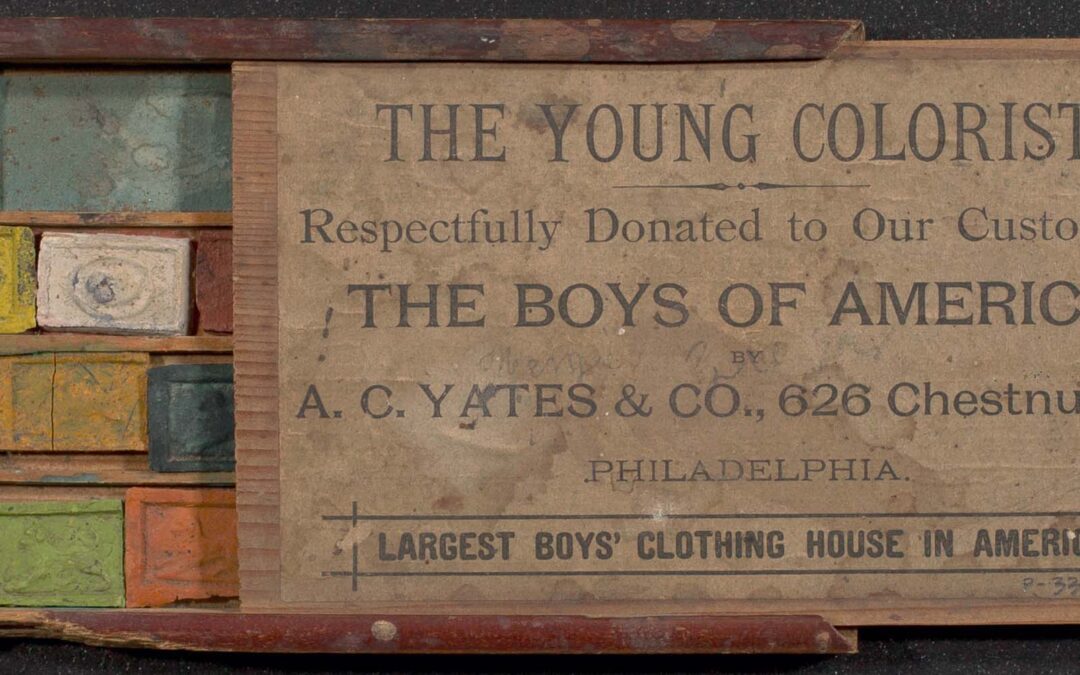
The World in Color
Contents Introduction Dress to Impress The World in Color Boring but Bright Beautiful Books! Additional Resources The World in Color It wasn’t just the clothes early Americans wore that were colorful. In this case, you see evidence that people used monotone paper as a...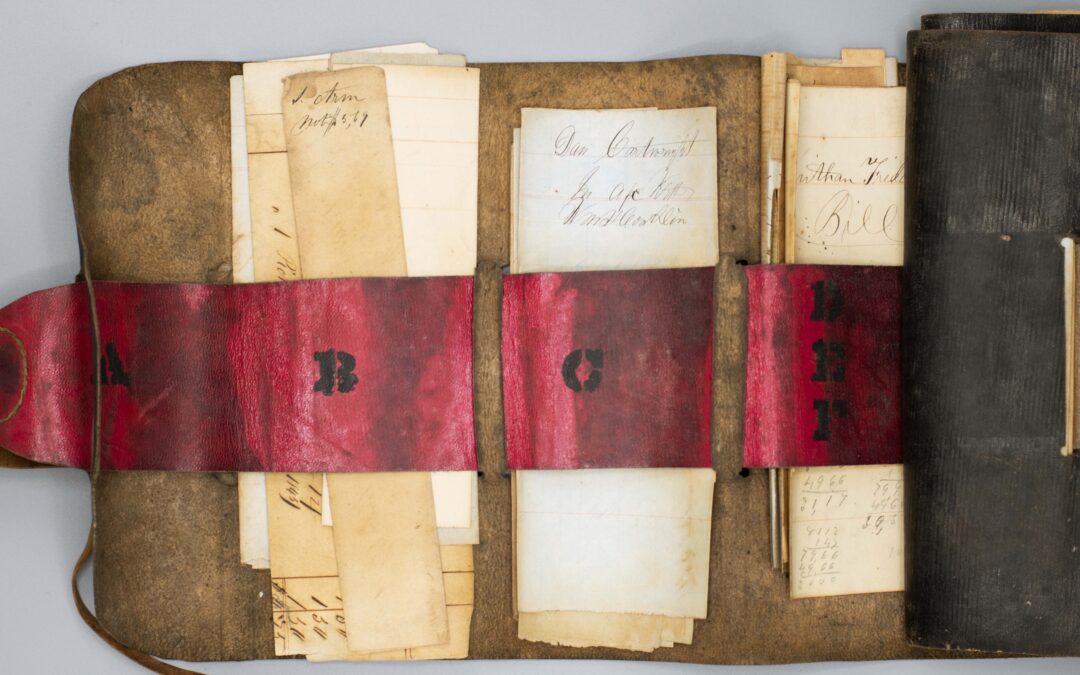
More Than Gray: Reimagining Early America in Full Color
Was early America as drab as it appears in prints of stoic figures or black-and-white photographs? This exhibit illuminates the brighter side of history, spotlighting all the color and vibrancy that are often concealed by the gray and sepia tones of pre-1900 American imagery. Come see the garish fabric colors, busy wallpaper patterns, and rainbow hues of books that just might challenge you to think of the past beyond black-and-white.
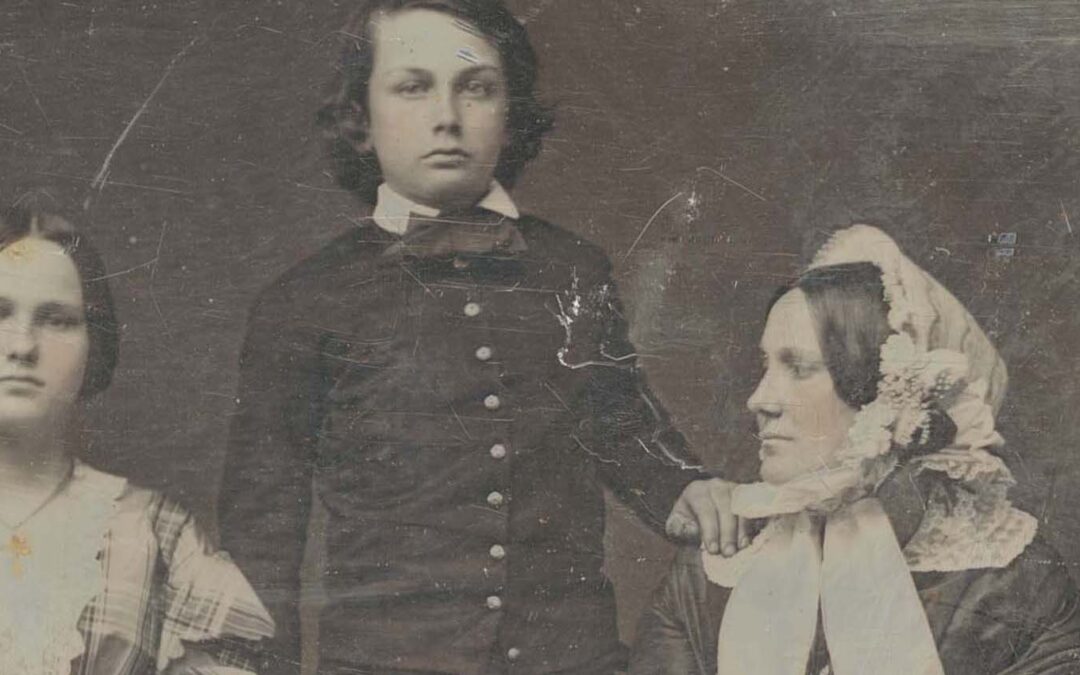
Dress to Impress
Contents Introduction Dress to Impress The World in Color Boring but Bright Beautiful Books! Additional Resources Dress to Impress You can’t deny that there’s something about a black-and-white photograph that feels… stuffy. With portraits showing people with their...
An Ungentle Art: Pat Oliphant and the American Tradition of Political Satire
Political satire is not a gentle art—it is meant to leave a mark. Since the heyday of James Gillray and William Hogarth in 18th-century England, visual satirists have been able to “say” things about political leaders in their illustrations that would get writers censored (or worse). As such, it has played an important role in American political culture for over two centuries. Many of the qualities that we most readily associate with political leaders in our past come to us from satirical illustrations, not from things those leaders actually did. This exhibit invites you to think about how visual satire has shaped the way you think about political life in America. What can visual artists say about politics that writers can’t? What role does visual satire play in American political life in an age when most of what we read (and see) is online, rather than in a newspaper?
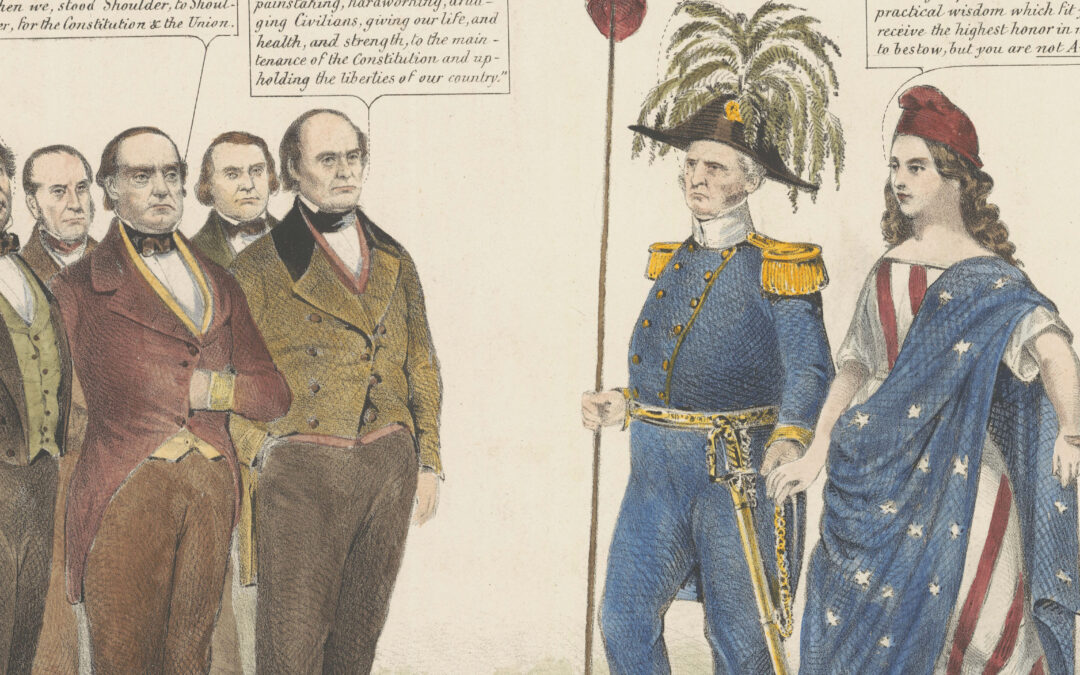
Capability
Contents Introduction Capability Character Corruption Humiliation Gallery Related Resources The President and the Cartoonist: Ford’s Presidency Through the Cartoons of Pat Oliphant Wallace House Center for Journalists Capability How do we know who will be a...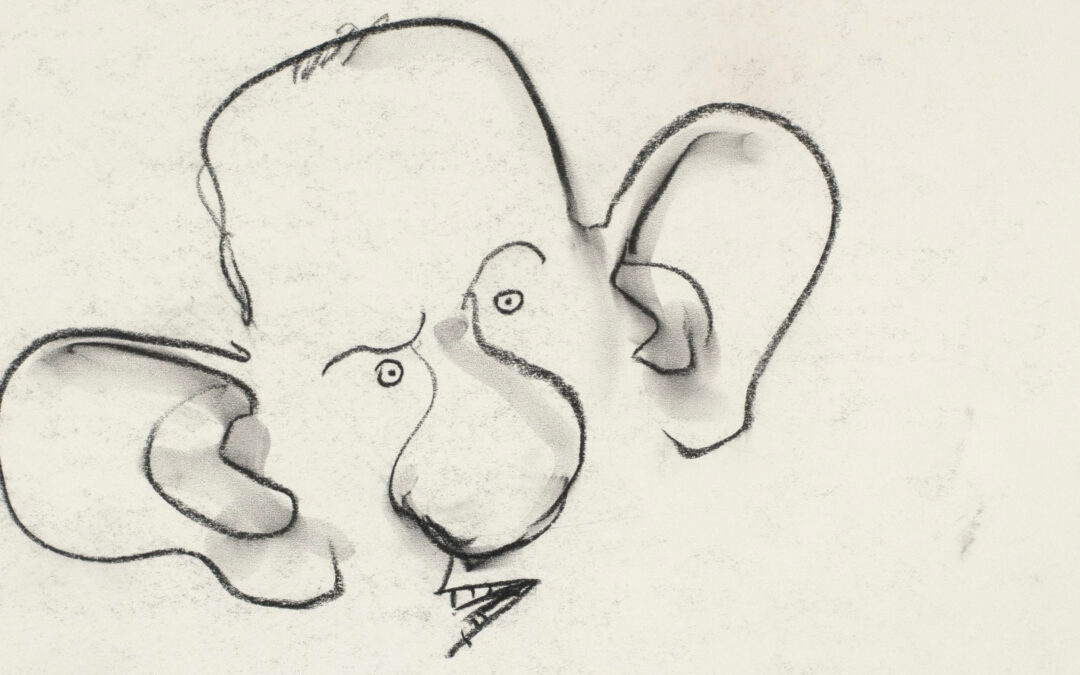
Character
Contents Introduction Capability Character Corruption Humiliation Gallery Related Resources The President and the Cartoonist: Ford’s Presidency Through the Cartoons of Pat Oliphant Wallace House Center for Journalists Character Exaggerating politicians’ physical...